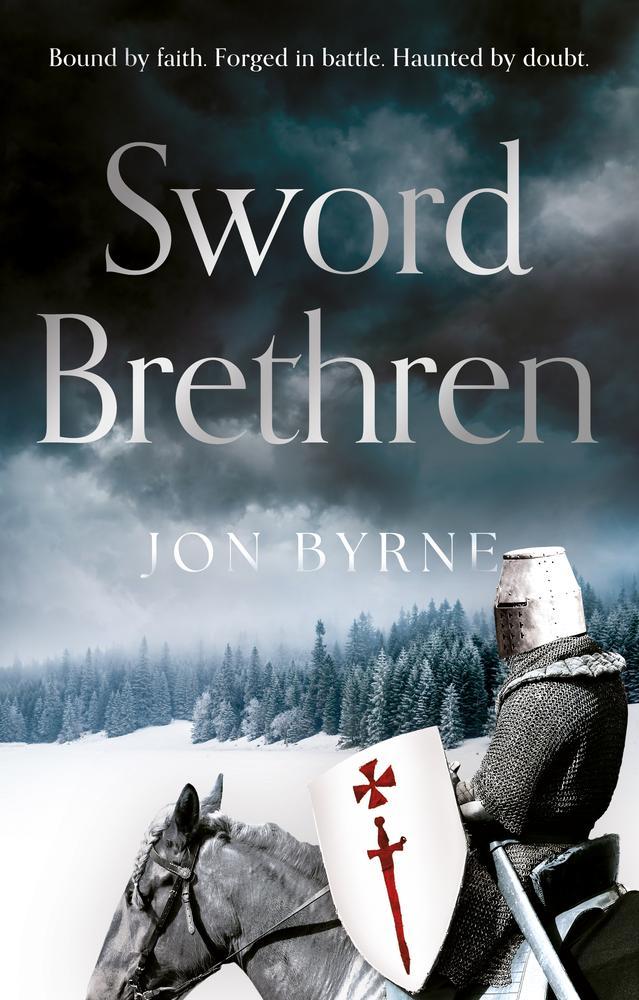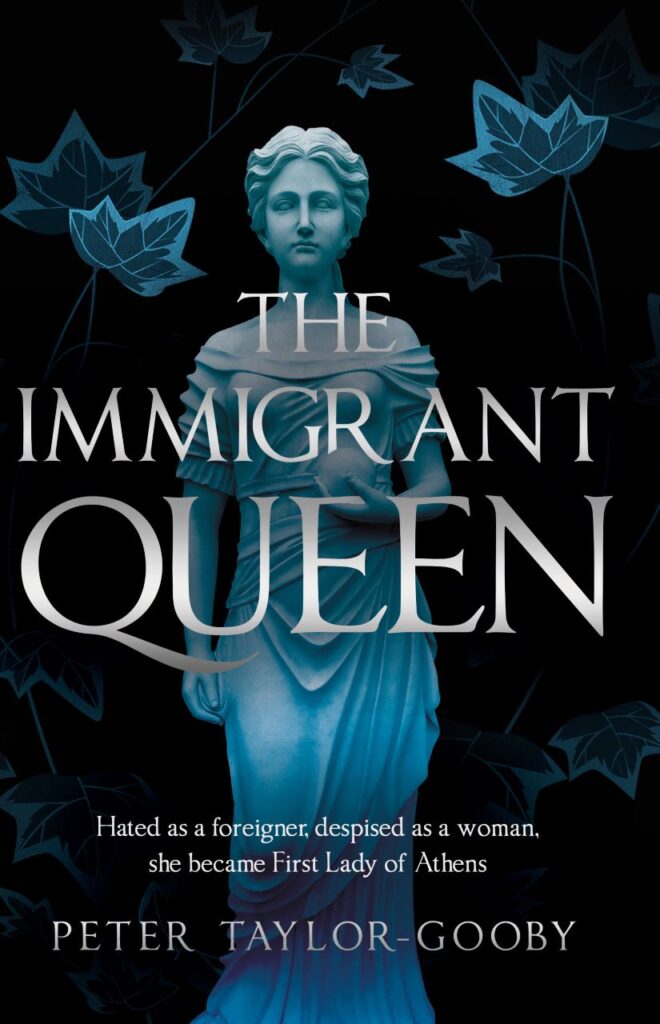Launch: Gina Buonaguro’s The Virgins of Venice
INTERVIEW BY REBEKAH SIMMERS
Born in New Jersey, USA, Gina Buonaguro currently resides in Toronto, Canada. Her historical novel, The Virgins of Venice, has just been released. She has coauthored six novels with Janice Kirk and has won five writing grants. She has a BA in English from Villanova University (Pennsylvania), an MA in English from the University of British Columbia (Canada), and was a Fulbright Scholar.
How would you describe this book and its themes in a couple of sentences?
My goal as a writer is to revive women’s lost stories through historical fiction. This particular novel is about being a young noblewoman in Venice in 1509. If you were a teenage girl of the patrician class, your father decided whether you would marry or enter a convent. A coming-of-age story, The Virgins of Venice is about two sisters who must follow these paths.
 What life experiences have shaped you as a writer or affected how you approach your stories?
What life experiences have shaped you as a writer or affected how you approach your stories?
I have been a voracious reader and writer from a very young age. I was also very much influenced by my matrilineal storylines and was close with both my mother and my grandmother. I was also lucky enough to know my great-grandmother, who immigrated from Sicily in 1910 and died when I was 13. When I become a mother to a daughter, I realized the importance of handing down women’s stories between generations.
Where did the inspiration for the novel come from? Is it based on a specific historical event?
I had a coauthor of many years, and we had begun extensive research on a murder mystery set in Renaissance Venice. After we amicably parted ways, I realized the genre I really loved was women’s historical fiction, and so I set out to use all that research to write a story with that focus.
I love your author tag line—Reviving Women’s Lost Stories through Historical Fiction—on your website. How do you discover the women that you write about?
A patrician named Marin Sanudo in the early 16th century kept extensive daily diaries for approximately 40 years. His entries were all about government proceedings, war and politics, and other issues related to nobles. In the entire diary, he never mentions a woman by name. He calls them so-and-so’s wife or daughter or the abbess of such and such convent. It got me wondering: Who were these women? What were their lives like? What did they think, feel, hope for, and despair about? And so my novel was born.
Are the characters in The Virgins of Venice real or were they inspired by the time period?
Almost all the women who appear in the novel are not based on real people but inspired by the time period: daughters, wives, servants, nuns, courtesans. The exceptions are the abbess of the San Zaccaria convent and her rival, who due to a very close election were mentioned in an academic paper. However, beyond them being the abbess and a high-ranking nun, I didn’t know anything else, so only their names and positions are real. In general, I enjoy writing about imaginary people or knowing very little about real people because that is where the creative fun happens.
When writing a story, what is your best strategy for getting to know your characters? How do you keep track of them? Did you have a favorite character in your story?
I create family trees and character charts for my own research purposes, but after a while, I just know them so intimately that I don’t really refer to them. I also try to keep the stories relatively simple, with not too many characters, so it doesn’t get confusing for the reader. As for my favorite character, in this case, it’s the narrator and main character, Justina. Because I was in her head all the time, I couldn’t help but love her. The courtesan La Diamante was also fun to write about.
Your novel seems to give us a glimpse inside the household and traditions of an aristocratic family then inside the walls of a convent. What kind of research did you complete for the story? How did you research life and the secrets found within the convent walls? Did you get to do any interesting interviews?
I am indebted to dozens of academics who have written books and scholarly articles, based in my time period, on everything from nuns to married women to nobles to Jews to courtesans. I’m also indebted to the aforementioned diarist Marin Sanudo. His diaries are an absolute treasure trove. I consulted Google Maps and layouts I found of the convent. I have visited the adjoining church several times, but unfortunately the former convent buildings are now used as a police station and not open to the public, so I had to imagine quite a lot.
You’ve written and co-authored several books set in Italy. Have you traveled there? To Venice specifically? What draws you to Italy as a setting? Will we be seeing any more books set there?
Yes, I have been to Italy and Venice several times. I am drawn to the country partly due to my Italian heritage, partly because of its phenomenal history, art, and architecture. I have already started to write a sequel to The Virgins of Venice, set of course back in Venice. The book after that, I am thinking, will be about the Italian immigrant experience, so I’m hoping it may require research trips to Naples and Sicily!
 What advice would you give another writer who is considering a research trip?
What advice would you give another writer who is considering a research trip?
For me, the purpose of research trips are to soak in the atmosphere, walking through the buildings I’ll be writing about, hearing the language and birds and other sounds, smelling the smells, all those little details that help make a novel real and come to life. I then take lots of photos and write lots of notes. Since unfortunately I don’t know Italian, I don’t do any archival work or interviews really unless that person speaks English.
What do you hope your readers walk away with after reading your novel?
I think it might be easy for people to consider this novel a simple romance, but I don’t see it that way at all. It’s a coming-of-age novel, where the relationships women have with men greatly influence the shape of their lives due to the time period.
What is the last great book you read?
Looking for Jane by Heather Marshall.
![]()






